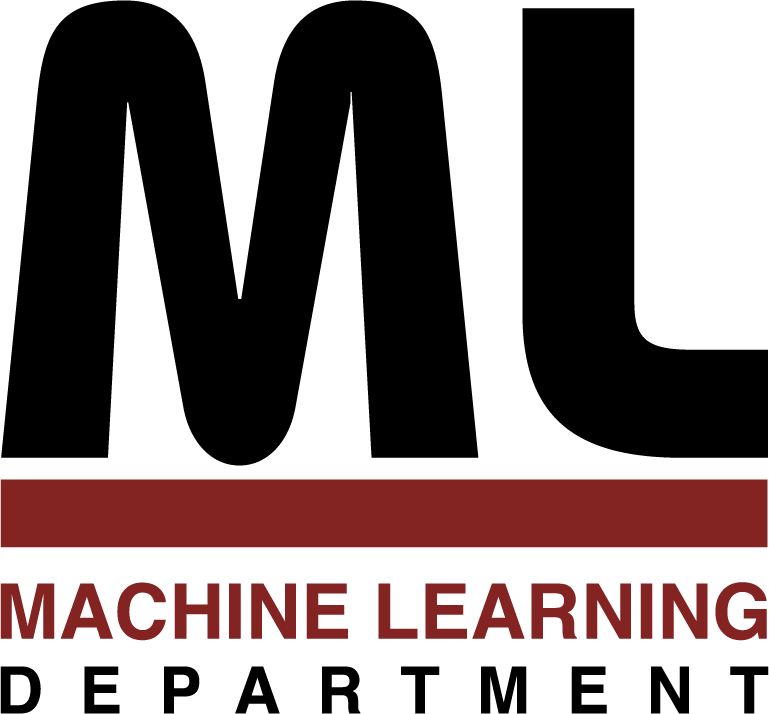
Machine Learning Department
School of Computer Science, Carnegie Mellon University
Fast Nearest-neighbor Search
in Disk-resident Graphs
Purnamrita Sarkar, Andrew W. Moore
February 2010
Link prediction, personalized graph search, fraud detection, and many
such graph mining problems revolve around the computation of the
most "similar" k nodes to a given query node. One widely
used class of similarity measures is based on random walks on graphs,
e.g., personalized pagerank, hitting and commute times, and simrank. There
are two fundamental problems associated with these measures. First, existing
online algorithms typically examine the local neighborhood of the
query node which can become significantly slower whenever high-degree nodes
are encountered (a common phenomenon in real-world graphs). We prove that
turning high degree nodes into sinks results in only a small approximation
error, while greatly improving running times. The second problem is that
of computing similarities at query time when the graph is too large to be
memoryresident.
The obvious solution is to split the graph into clusters of nodes and
store each cluster on a disk page; ideally random walks will rarely cross
cluster boundaries and cause page-faults. Our contributions here are twofold:
(a) we present an efficient deterministic algorithm to find the k
closest neighbors (in terms of personalized pagerank) of any query node
in such a clustered graph, and (b) we develop a clustering algorithm
(RWDISK) that uses only sequential sweeps over data files. Empirical results
on several large publicly available graphs like DBLP, Citeseer and
Live-Journal (∼ 90 M edges) demonstrate that turning high degree nodes into
sinks not only improves running time of RWDISK by a factor of 3 but also
boosts link prediction accuracy by a factor of 4 on average. We also show
that RWDISK returns more desirable (high conductance and small size)
clusters than the popular clustering algorithm METIS, while requiring much
less memory. Finally our deterministic algorithm for computing nearest
neighbors incurs far fewer page-faults (factor of 5) than actually simulating
random walks.
30 pages
School of Computer Science homepage
This page maintained by reports@cs.cmu.edu